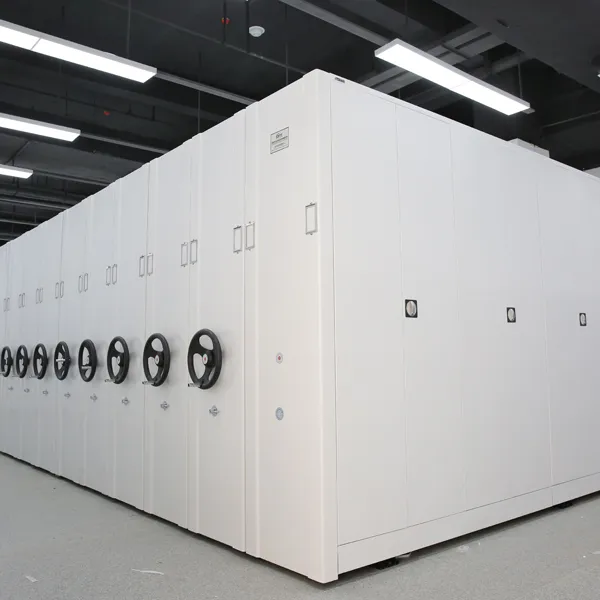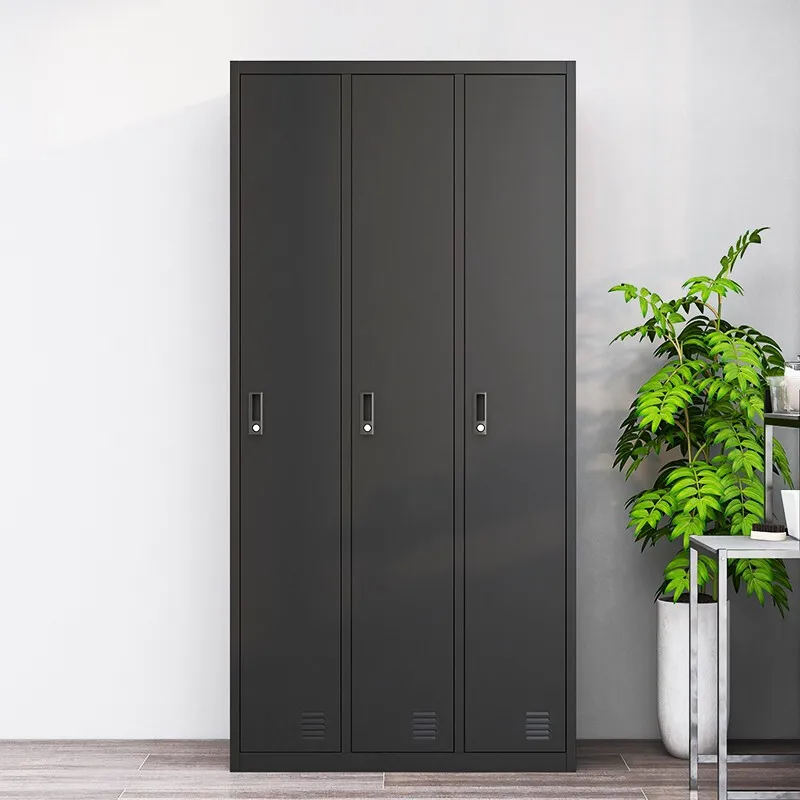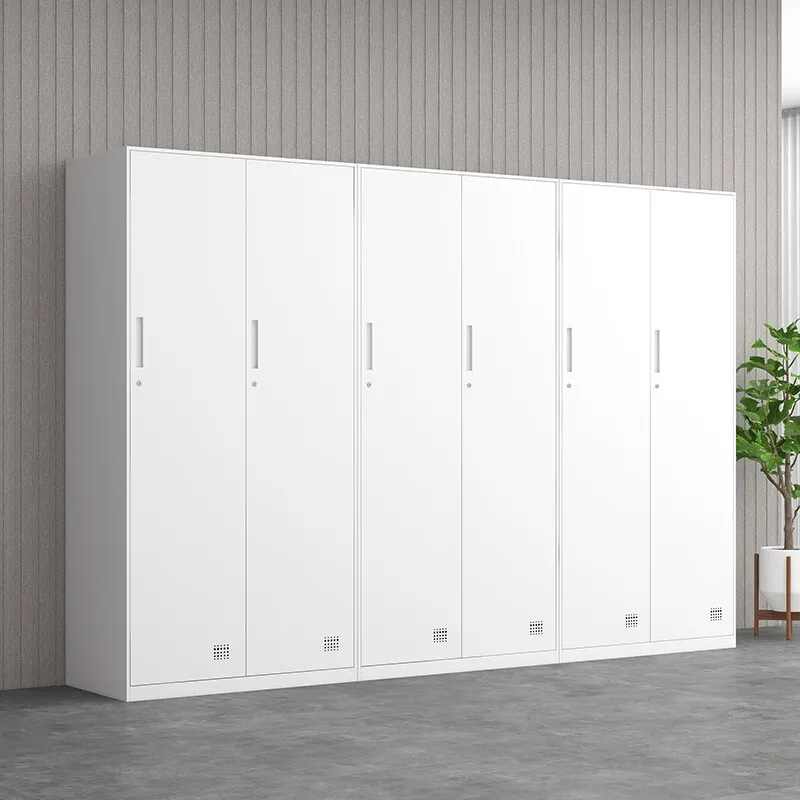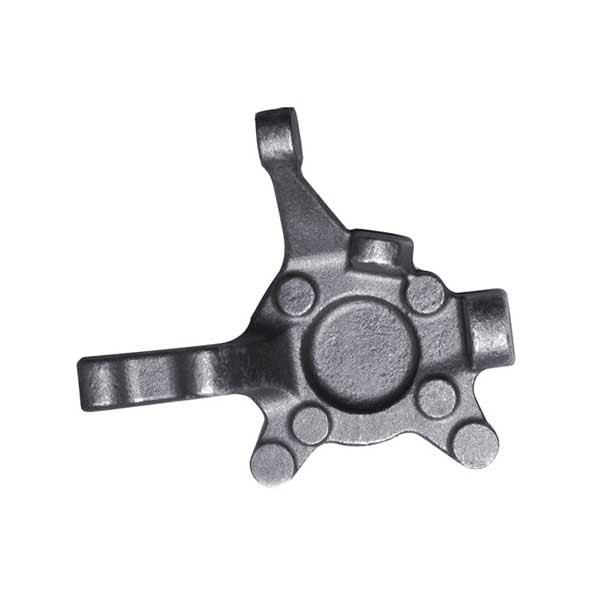WHAT ARE THE APPLICATION FIELDS OF CALCIUM HYDROXIDE ADSORBENT
Calcium hydroxide, also known as slaked lime or hydrated lime, can indeed function as an adsorbent for certain substances. Here are a few examples of how calcium hydroxide can be used as an adsorbent in different applications:
Acid Gas Removal
Calcium hydroxide is commonly used in flue gas desulfurization (FGD) systems to remove acid gases, particularly sulfur dioxide (SO2), from industrial exhaust streams. The calcium hydroxide reacts with the acidic components to form calcium sulfite or calcium sulfate, effectively capturing and removing the pollutants from the gas stream.
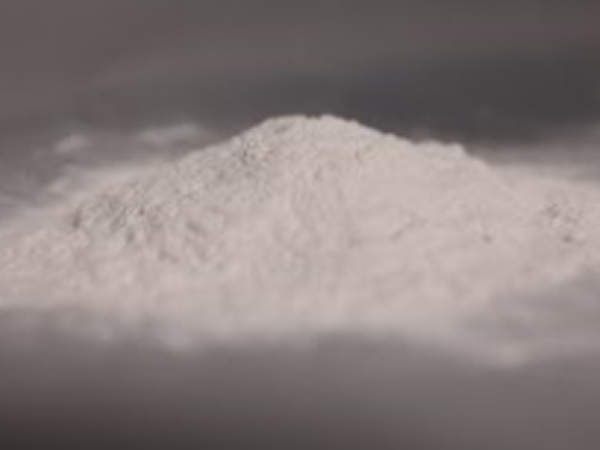
Heavy Metal Adsorption
Calcium hydroxide can also act as an adsorbent for certain heavy metals present in wastewater or contaminated soil. It can adsorb metals such as lead, copper, cadmium, and zinc by forming insoluble precipitates or by ion exchange mechanisms. This property makes it useful in remediation processes for heavy metal-contaminated environments.
Water Treatment
Calcium hydroxide can be used as an adsorbent in water treatment applications. It can help remove impurities and contaminants, such as heavy metals, phosphates, and fluoride, from water sources. The adsorption process can involve precipitation, surface adsorption, or ion exchange depending on the specific contaminants being targeted.
…
More detailed information about the application of carbon dioxide adsorbents can be accessed by clicking: https://www.ly-gaifeng.com/blog/application-of-calcium-hydroxide-adsorbent.html





